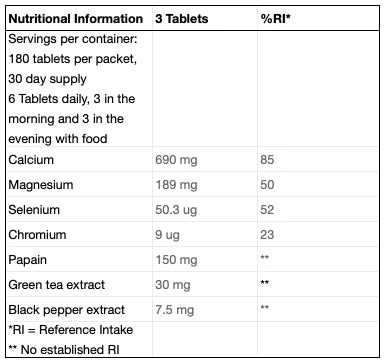Share
As runners we tend to put an awful lot of pressure on ourselves when training for a big race. And the more time and effort that is required to train for it, the greater the chance of something going wrong during that training cycle – which in turn leads to anxiety and doubt.
If our training does suffer a set back, it’s how we choose to handle these emotions that is most important.
Why we get injury recovery wrong
When injury strikes, it’s critical to remain positive and to be proactive in how you work to recover from it. Speaking from recent experience, I was hit with an injury that flared up fairly quickly and seriously during a long run. It severely inhibited my training, right when I was due to hit peak mileage and volume for an ultra I’m training for.
What was worse was the fact that it was an injury I didn’t have experience with, meaning the unknowns were more prevalent. I then committed the cardinal sin of going out for a training run when I knew I wasn’t 100%, when I knew I hadn’t recovered, and this more than likely made it worse. As a running coach myself, I have been known to display tendencies within my own training that I would certainly never prescribe or advise to my clients.
I know I’m not alone here, and I’ve heard from other coaches and professionals – not just in the running world – who have done the same in the past. Even my sports therapist admitted to me that she is often guilty of not always training wisely and not always maintaining strength work as part of her training, despite being an expert on the benefits of doing this.
Patience is a virtue
So the first thing I would say is to have patience. If you don’t feel 100%, running is really not worth the risk as you could simply be doing more damage to yourself and further prolong the recovery time. Patience is hard to come by when as runners we’re generally built on drive, determination, action and motivation – but there comes a time when restraint is all-important.
The other main danger to look out for, and which often precedes injury, is overtraining. This is a particular risk when increasing training levels or pushing too far beyond the appropriate level for your body (and mind).
Overtraining is the cause of the majority of injuries. It can also contribute to more acute injuries, as it leads to fatigue which can lead to sloppiness in form as well as poor decision making, both of which can in turn lead to injury.
When training for an ultra, I needed to significantly increase my training and weekly mileage. And, while I did this sensibly and progressively, my coaching commitments also added to my physical workload and I was guilty of getting the balance a little wrong, which contributed to or caused my injury.
Assessing your goals
So, while training smartly can stave off injury, and being patient and sensible can aid quicker recovery if injury does strike – it’s also important to be objective and analytical when it comes to your goal race if your training is significantly disrupted.
By ‘significant’ here I mean two weeks or more of no training, or several weeks of much reduced training. Anything less than this and you can usually resume training at the level you were at beforehand, with a few easy runs to begin with to reintroduce yourself.
If you’re worried about whether it’s sensible to be going ahead with your race after training hasn’t gone 100% to plan, you can always seek the advice of a running coach.
It’s important to balance your priorities and to also consider what’s on the horizon beyond your goal race. If it becomes dangerous or hugely risky to take part, then it’s a given that you should reconsider it. This kind of psychological impact or uncertainty could also cause huge disruption during the race itself, as you need to ensure you have mental clarity come race day to complement the physical training you’ve built up.
Knowing when to go for it
Sometimes it is wiser to be a sensible DNS (did not start) than a foolish DNF (did not finish).
Look back over training and look at what went well and what could have gone better. Assess whether the latter is a problem, and whether the former is sufficient to carry you through at a level you’d be satisfied with on race day. More often than not you’ll know, with a bit of reflection and maybe some advice from others, what’s right for you.
Speaking again personally, I’ve made the decision, pending any problems between now and race day, to go ahead with my event. My mind is in ‘completion’ mode rather than flirting with any ideas about time.
It is, and will be, completely uncharted territory for me. I hope I am strong enough, physically and mentally. Ultimately I want to do the best I can for myself. For me, the desire to go ahead with it is that much stronger since it’s an event I was due to participate in this time last year but had to withdraw from after an injury prevented me from training.
I know I’ll need the support of those around me, and I know I’ll need to call upon all the experience I have to keep me level and focused in the build-up and during the event, as well as afterwards, whatever happens.
Training smart
Training for an event is often gruelling, regardless of our individual goals and experience. The physical and emotional rollercoaster is part and parcel of being a runner. Anyone who decides to commit themselves to a goal that’s beyond where they are now, anyone who chooses a path of discipline in the pursuit of betterment, anyone who says no to sitting inside their comfort zone, should be commended.
Couple this desire, determination and discipline with a wise – and positive – head if problems arise, and you’ll have a long-term recipe for success no matter what problems might happen in the short-term.











